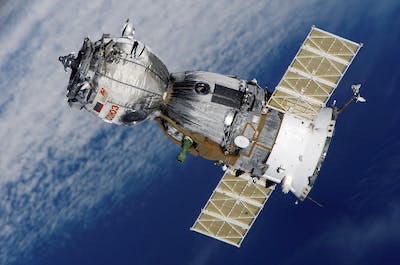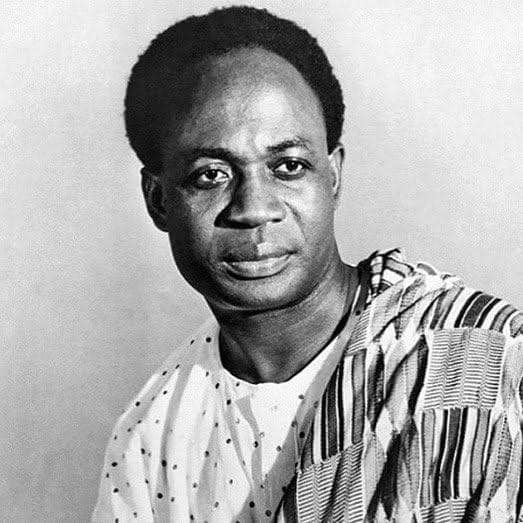
What are the main differences between science and technology?
Introduction:
Science and technology, often used interchangeably, are distinct yet interconnected realms that shape the modern world. While both contribute to advancements and innovations, it’s crucial to recognize their fundamental differences. In this exploration, we’ll delve into the key distinctions between science and technology and understand how they collaborate to propel society forward.
Science:
Science is the systematic pursuit of knowledge through observation, experimentation, and analysis. It seeks to understand the underlying principles governing the natural world. Scientists engage in rigorous research to uncover patterns, formulate hypotheses, and test theories. The scientific method, a structured approach to inquiry, forms the backbone of scientific endeavors.
Characteristics of Science:
- Objective Inquiry: Science emphasizes objectivity, relying on empirical evidence and logical reasoning to draw conclusions. It aims to eliminate personal biases in the pursuit of truth.
- Universal Principles: Scientific findings strive for universality. The laws and principles discovered are expected to apply consistently across various contexts and circumstances.
- Pure Knowledge: Science often pursues knowledge for its own sake, without an immediate application. This pure knowledge can later serve as the foundation for technological advancements.
Technology:
Technology, on the other hand, encompasses the practical application of scientific knowledge for the development of tools, systems, and solutions. It involves the creation of artifacts aimed at solving specific problems or fulfilling particular needs. Technology is dynamic and constantly evolving, driven by the desire to enhance efficiency, convenience, and overall human experience.
Characteristics of Technology:
- Applied Knowledge: Technology takes the theoretical findings of science and applies them to address practical challenges. It transforms scientific discoveries into tangible products or processes.
- Innovation and Creativity: Technological advancements often result from creative problem-solving and innovation. Engineers and technologists design, build, and refine solutions to meet specific requirements.
- Context-Specific: Unlike science, technology is context-specific. Technological developments are tailored to address particular problems, adapting scientific principles for practical use.
Interplay Between Science and Technology:
While science and technology have distinct characteristics, they are deeply interconnected. Scientific discoveries provide the theoretical foundation upon which technological innovations are built. Conversely, technology often catalyzes new scientific inquiries, creating a symbiotic relationship between the two.
Conclusion:
In unraveling the distinctions between science and technology, we gain a deeper appreciation for their unique roles in shaping our world. Science is the torchbearer of knowledge, illuminating the mysteries of the universe, while technology is the skilled artisan, crafting solutions that propel society forward. Together, they form the dynamic duo driving progress and ushering in a future shaped by both understanding and application.








